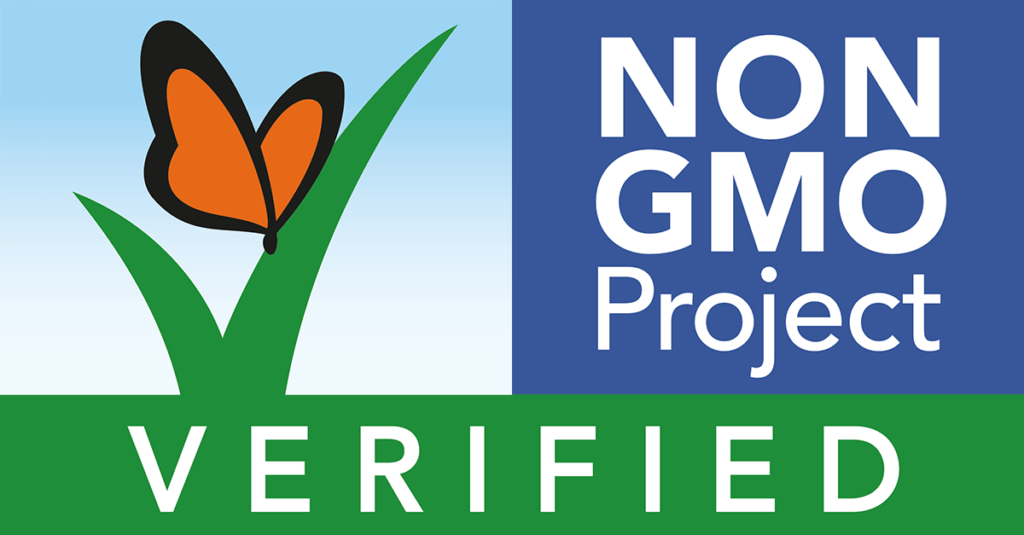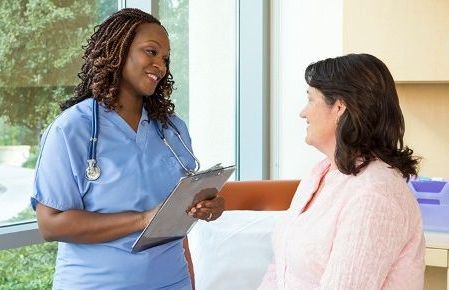Evidence Update: To GMO or not to GMO–that is the question!

You may ask, “what exactly is a GMO”? GMO is defined as any organism whose genetic material has been altered using genetic engineering techniques. It typically involves insertion or deletion of one or more genes to get a desired effect or remove an undesirable trait. For example: a crop could be modified to be more drought tolerant. There is no doubt that GMOs are a highly controversial topic whenever brought up in conversation. Patients often say “GMOs are poison, they cause cancer”, or “they are just unsafe to eat”, all the while some report their safety and benefits. So what gives? There is no doubt that marketing plays a big role in how we feel about GMO’s. The non-GMO verified label has become increasingly more popular, almost more so than the fat-free craze. If you didn’t stress out about picking up the wrong food at the grocery story before, I’m sure you have questioned your choice lately; making your shopping and meal planning more of a challenge. These labels make you question if genetically modified organisms are in everything at the store. Believe it or not, there are only 11 commercial GMO foods in the US; the unfortunate thing is that there are hundreds of food products that use those 11 foods. The remaining question that is yet to be answered, is “are GMO’s safe”? Some people believe that altering the DNA of a plant or animal has a significant effect on a person’s chances of developing cancer. But the current research on the health risks of GMOs is inconclusive. In other words, researchers have not yet confirmed whether or not GMOs increase cancer risks. If you are concerned, follow these guidelines from MD Anderson on ways to curb your intake of GM foods. Know the most commonly modified crops. (https://gmoanswers.com/current-gmo-crops ) Buy organic foods. Organic foods are grown from non-GMO seeds. Buy meat that was grass-fed or pasture-fed. Cows, chickens, pigs and even farmed fish are often on a diet of genetically modified corn or alfalfa. Check that your meat is from animals that are grass-fed or pasture-fed. Read the labels. The top two genetically modified crops are corn and soy. They’re also the most widely used ingredients. Avoid products that contain ingredients like corn syrup and soy lecithin. Buy brands labeled non-GM or GMO-free. Some products are labeled as non-GM or GMO-free, meaning, they do not use genetically modified ingredients. GMO-free food sources are listed on the Non-GMO Project website. (https://www.nongmoproject.org ) Shop at local farmers markets. Most GM foods come from large industrial farms. Shop at local farmers markets or sign up for a co-op. Eat a healthy diet to reduce cancer risk. The most important thing to remember is that sticking with a plant-based diet rich in vegetables, fruits and whole grains will outweigh any GMO health concerns.
Patient Perspective: Gwen

In February 2014, I was diagnosed with Stage 2b breast cancer. After treatment, I was referred to TurningPoint Breast Cancer Rehabilitation. I chose to reach out to TurningPoint as soon as I was able. Since then I find I spend as much time as I can at TurningPoint. During a recent visit to TurningPoint for a journaling class, we were offered an exercise to “journal” what we were thinking about in the moment. I found myself listening to the sounds and voices around me as I was journaling, and I experienced a feeling of warmth and support, just being in this place of comfort. I was thinking about how I often find myself using any excuse to be at TurningPoint. It is a place where everything I have been through in the last four years has been acknowledged, understood, and accepted. Even though I have incredible support from friends and family, TurningPoint is the only place where I know and feel like they completely “get it.” Not only does the staff feel like part of my family, they are highly qualified to offer the most updated education, nutrition guidance, and various therapy modalities (including opportunities for exercise), tailored just for me. We are encouraged to discover and to embrace ways to overcome our physical and mental changes which resulted from treatment and surgery, as well as the anguish we have felt. There are no words I can find that truly express the gratitude I have for Turning Point and the wonderful staff I have met over the last four years.
Evidence Update: Ongoing Survivorship Care

Survivorship is a complicated part of having cancer—because it is different for everyone. Every survivor has individual concerns and challenges. Cancer survivorship begins at diagnosis, includes individuals who have completed their cancer treatment and also includes people who continue to have treatment over a long period, to either reduce risk of reoccurrence or to manage chronic disease. Survivors may feel stress when their frequent visits to their health care team end after completing treatment. The relationships built with the cancer care team can provide a sense of security during treatment, and people miss this source of support. A 2017 study affirms the concerns that some cancer survivors have voiced about which health care providers should be directing their long-term care. A large group of breast cancer survivors were surveyed, and a majority preferred that their PCP’s handle their care after breast cancer treatment. Minority women preferred oncology-directed care versus PCP- directed care for their general preventative care. An effort to clarify provider roles in survivorship care to patients may be effective in improving team-based cancer care and support. At TurningPoint, we provide survivorship care with ongoing education, exercise classes, and continued care with massage, physical therapy, nutritional support and counseling. Wallner LP, Li Y, Furgal AKC, Friese CR, Hamilton AS, Ward KC, Jagsi R, Katz SJ, Hawley ST; Patient Preferences for Primary Care Provider Roles in Breast Cancer Survivorship Care. J Clin Oncol. 2017 Sep 1. 35(25):2942-2948.
Patient Perspective: Melissa

I have Breast Cancer. Those are words I never thought I would hear about myself. My journey began December 2017. Because I had been told years earlier I had dense breast tissue, I was being followed with mammograms and MRIs. In December 2017, my scheduled mammogram was normal, and I had already scheduled my MRI for the next week. The MRI revealed some alarming areas of concern. I went back to my Breast Specialists office in January to biopsy the areas that were of concern. In February, the biopsy results came back benign. At this point, my Breast Surgeon and Radiologist were not convinced of these results and suggested an excision biopsy to remove the tissue. In April, that surgery was scheduled. It was that surgery that confirmed my Radiologist’s suspicion that I had Breast Cancer—low-grade, stage 1 stupid cancer. It was at that point, I realized my life would change forever. I decided to have a double mastectomy. My surgery was scheduled for the third week of July, 2018. I had expanders put in at that time, and early September had implants put in. Today, I feel great! A large part of that feeling can be attributed to TurningPoint. When I was cleared to start physical therapy, I scheduled several appointments and got started. I wanted to regain my range of motion and alleviate the cording that I was experiencing. After a few sessions, I started feeling so much better. It was a confidence booster for me. I had been worried I wouldn’t be able to enjoy the quality of life I had been accustomed to; however working with the physical and massage therapists at TurningPoint changed my outlook. I lived in Sandy Springs for over 20 years, in fact, right behind TurningPoint. I had never heard of TurningPoint until I was referred to them. Crazy right? I thought so too. As an active community member and healthcare professional, I want to do more to promote TurningPoint. More people and businesses in our surrounding area need to know about TurningPoint. It’s a game changer. There is no other place like it in the South! No other PT, massage, nutrition facility dedicated only to the care of women with Breast Cancer. The specialized training of their physical therapists is focused solely on helping women recover and regain their quality of life. Game changer. My story had some ups and downs along the way, but I was diligent and so were my doctors. I could have stopped with a normal mammogram, but I didn’t. I could have stopped when the needle biopsy came back benign, but I didn’t. I needed to know why an MRI indicated something when other tests didn’t.I ultimately got my answer and it changed my life forever. I had Breast Cancer. Today, I am cancer free!










